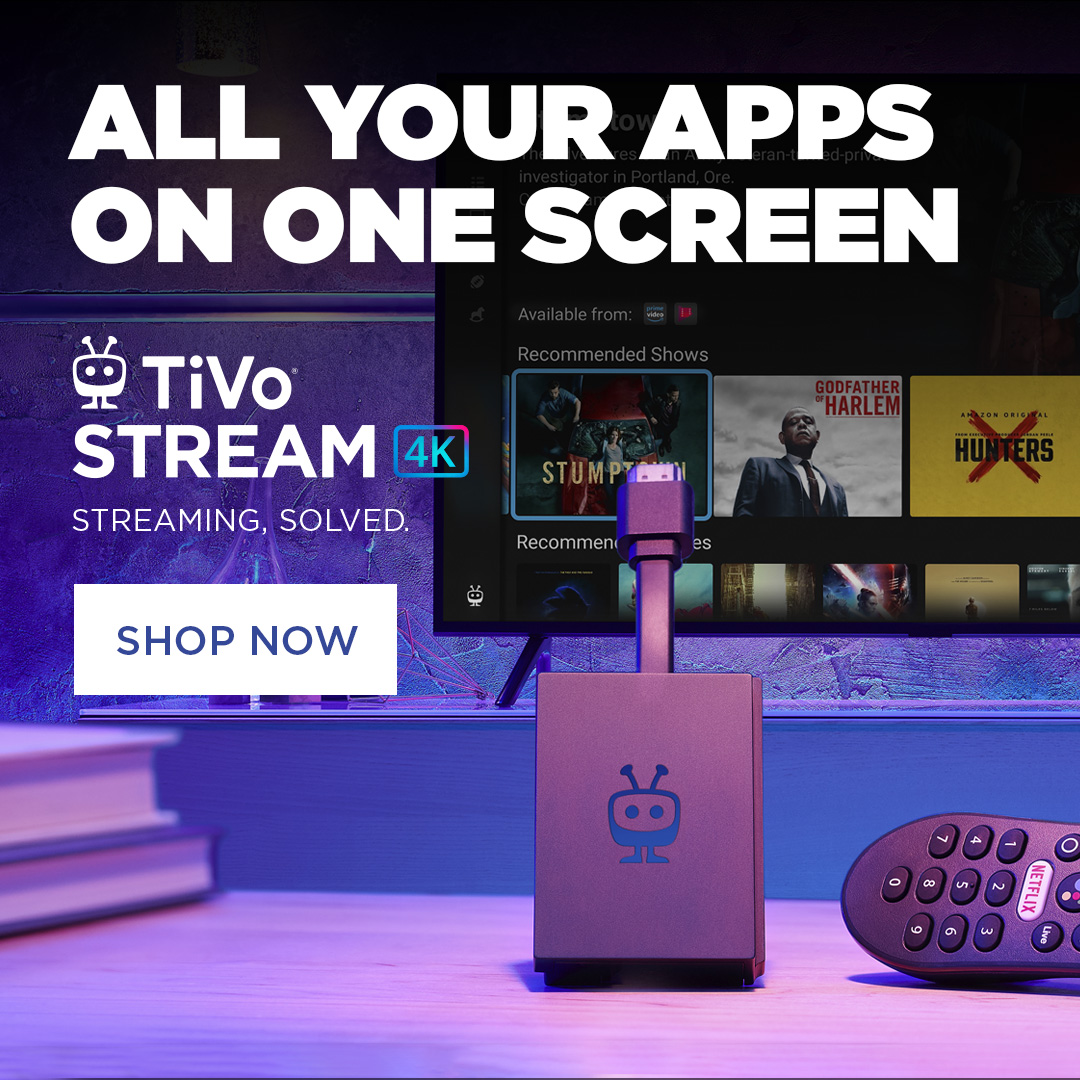To celebrate the end of winter and the start of spring, our dear friends at Pluto TV are beckoning you on a month-long odyssey into the very depths…
December 2020 – Peacock, NBC’s OTT service, is integrated into TiVo Stream 4K. Peacock offers classic NBC series along with current shows and originals! We also integrated Vudu,…
As the landscape of available content sources stabilizes, consumers are refining their spending habits, prioritizing cost-effectiveness. A noteworthy trend has surfaced: from revising budgets and cutting back on…
When we watch TV at home or on the go, the options seem endless. With Netflix, Hulu, Prime Video, YouTube, ABC, NBC, CBS, FOX, and dozens of other…
In 2020, TiVo and MVPindex (MVP) partnered to expand MVP’s industry-leading social and streaming measurement to include linear broadcast data. After a successful three years, MVP has renewed…
Latest
Connected TV World Summit (CTVWS) is one of the most important European thought-leadership and networking event in the international TV distribution market calendar. The conference helps TV executives…
As the number of available content sources reaches a plateau, consumers are increasingly prioritizing cost-conscious decisions. We’ve observed a notable trend: from reevaluating their budgets and scaling back…
To celebrate the end of winter and the start of spring, our dear friends at Pluto TV are beckoning you on a month-long odyssey into the very depths…
We are excited to introduce TiVo Broadband™, a new video solution that was designed to target operators’ broadband only customers. Leveraging TiVo’s own cutting-edge technology that powers pay…
Welcome to our celebration of 25 years of TiVo – where time flies as effortlessly as your favorite shows find their way to your screen. Since the first…
Welcome to our celebration of 25 years of TiVo – where time flies as effortlessly as your favorite shows find their way to your screen. TiVo DVR emerged…

